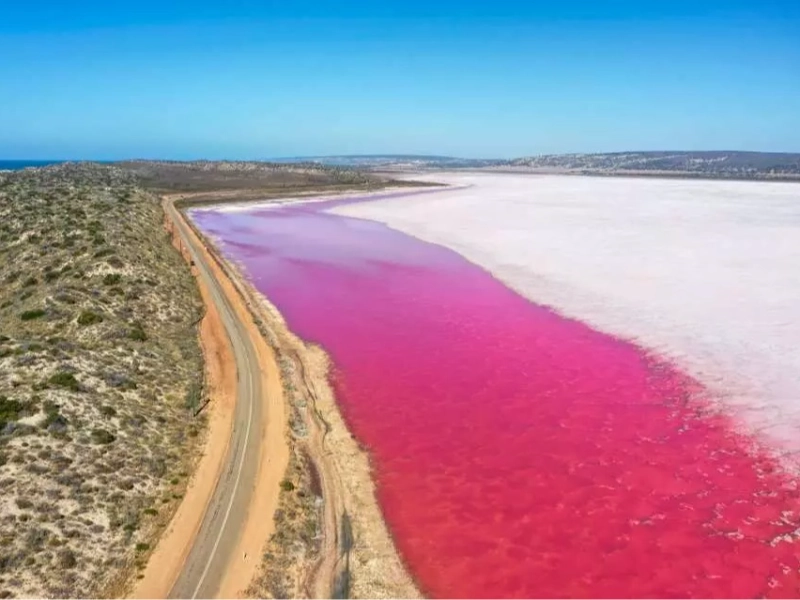Advertisement
With its amazing events, nature never gets old; among the most amazing natural beauties on Earth are pink lakes. Both researchers and visitors have been enthralled with these cotton-candy-colored bodies of water since they provide a unique window into the remarkable powers of microbes and natural processes. Examining the biological, chemical, and environmental elements that produce these breathtaking pink landscapes, this thorough investigation will reveal eleven amazing scientific secrets underlying these rose-tinted waters. From Australia's Lake Hillier to Senegal's Lake Retba, these natural occurrences test our understanding of what is feasible in nature.
1. The True Source of the Pink Color

Advertisement
These lakes' captivating pink color is not only a basic trick of light or mineral deposits—many might assume. Particularly Dunaliella salina algae and Halobacterium, several bacteria are the main source of the unique hue. As a defense against the strong sun radiation and high salt levels, these microscopic warriors generate a red pigment called beta-carotene. Large quantities of these species turn whole lakes into brilliant pink sights. These bacteria can get so concentrated that the water seems to be more like a smooth pink paint than a clear liquid. These species are great candidates for research on life under extreme circumstances since scientists have found they can survive in conditions most living forms would die from.
